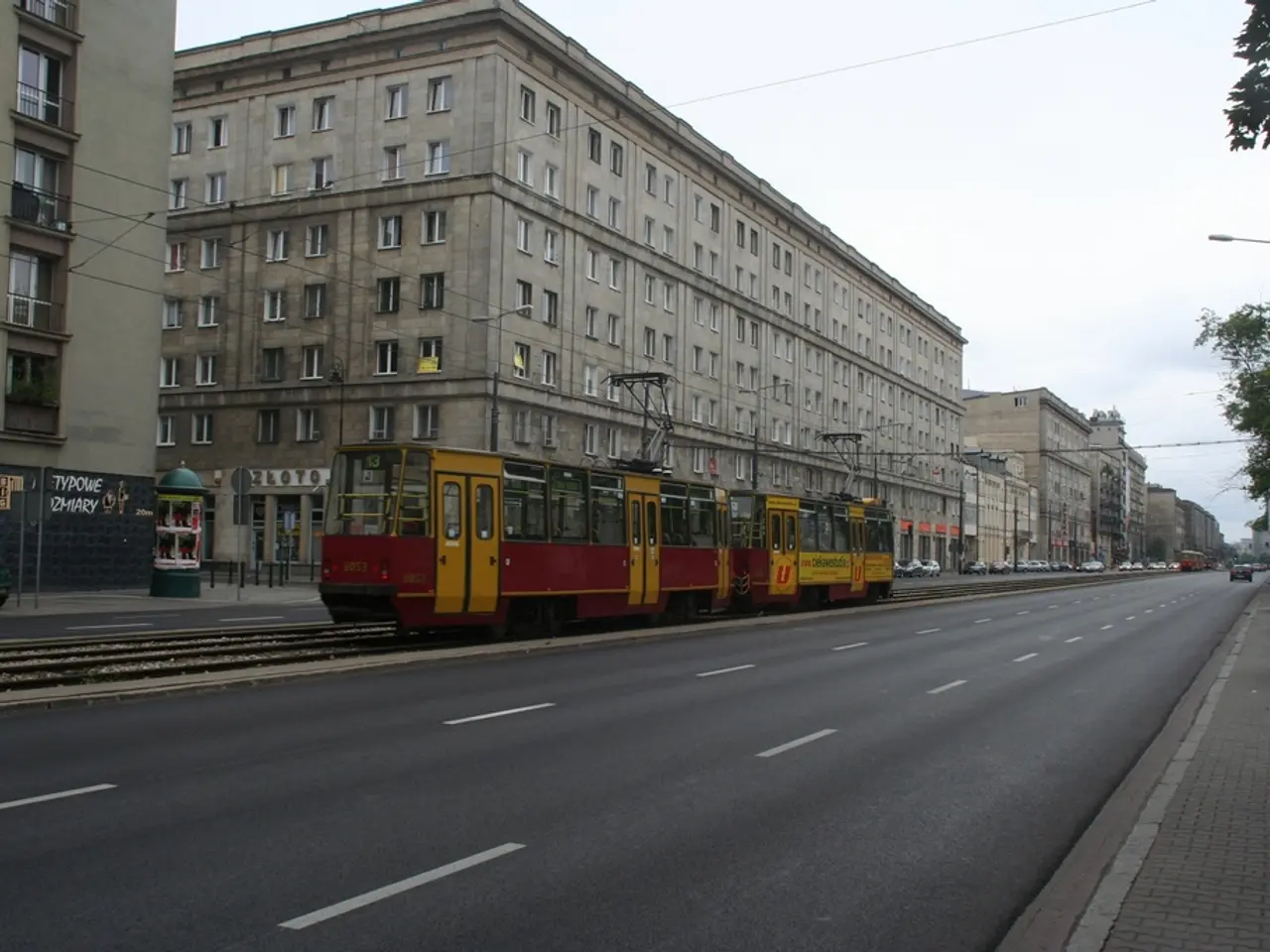Concept of Centralization: Significance, Function, Factors, Advantages, Disadvantages
In early 2026, the Lufthansa Group, a leading player in the premium airline industry, announced a shift towards a centralized organizational structure. This move aimed to consolidate control of key functions such as network management, sales, and frequent flyer programs at the corporate level.
The decision to centralize was driven by the need for increased efficiency, profitability, and passenger satisfaction across its brands, which include Lufthansa, Swiss, Brussels Airlines, and Austrian Airlines. The individual brands will retain responsibility only for in-flight passenger services, while new Group Function Boards will oversee hubs, technology, personnel, and finance. This setup is expected to enable faster market responsiveness and streamlined processes.
Centralization offers several benefits. It maintains a unified business image, especially during a crisis, and ensures maintained quality by relying on standard procedures and rules. Centralization also allows for cost savings as companies can buy in bulk, taking advantage of purchasing economies of scale.
However, centralization is not without its risks. It can stifle creativity as subordinates are less involved, slow decision making as problems need to pass through multiple layers, and lead to demotivation as subordinates feel they are not empowered. Centralization can also interfere with operations when key managers exit, and result in a heavy workload for corporate executives.
Centralization's success depends on the quality of the leader making decisions. A strong and effective leader can ensure consistent decision making across all departments or divisions, establish a clear chain of command, and reduce confusion in decision making.
On the other hand, decentralization can be beneficial when quality managers at every level are effective decision-makers. Decentralization allows for faster decision making as lower-level managers can make decisions without needing top management's approval. It also allows companies operating in multiple geographic areas to make quick local decisions.
However, decentralization can lead to risks such as subordinates making mistakes, inconsistency, uncoordinated decisions, and potential disharmony in relationships. Decentralization can also lead to demotivation as subordinates feel the company is not empowering them since they cannot participate actively in making decisions about their work.
Centralization and decentralization are two approaches in legitimizing decision making in companies. The choice between the two often depends on factors such as cost, organizational size, management style, quality of managers at every level, geographical spread, and business environment.
In dynamic business environments, more decentralization may be necessary to adapt to changing circumstances. Conversely, centralization is important to address problems associated with decentralization, such as uncoordinated decisions and inconsistency.
In conclusion, the Lufthansa Group's decision to centralize reflects a strategic move towards increased efficiency and quality. However, it also highlights the complex trade-offs that companies face when deciding on their organizational structure. The success of this decision will depend on the quality of leadership and the ability to balance creativity, speed, and control.
Read also:
- chaos unveiled on Clowning Street: week 63's antics from 'Two-Tier Keir' and his chaotic Labour Circus
- Budget discrepancy jeopardizes highway projects' financial support
- Racing ahead in Renewable Energy Dominance: Changzhou, Jiangsu Pushes for Worldwide Renewable Energy Ascendancy
- Renault Group to Discuss Decarbonization and Circular Economy Strategies at ChangeNow 2023 Event







